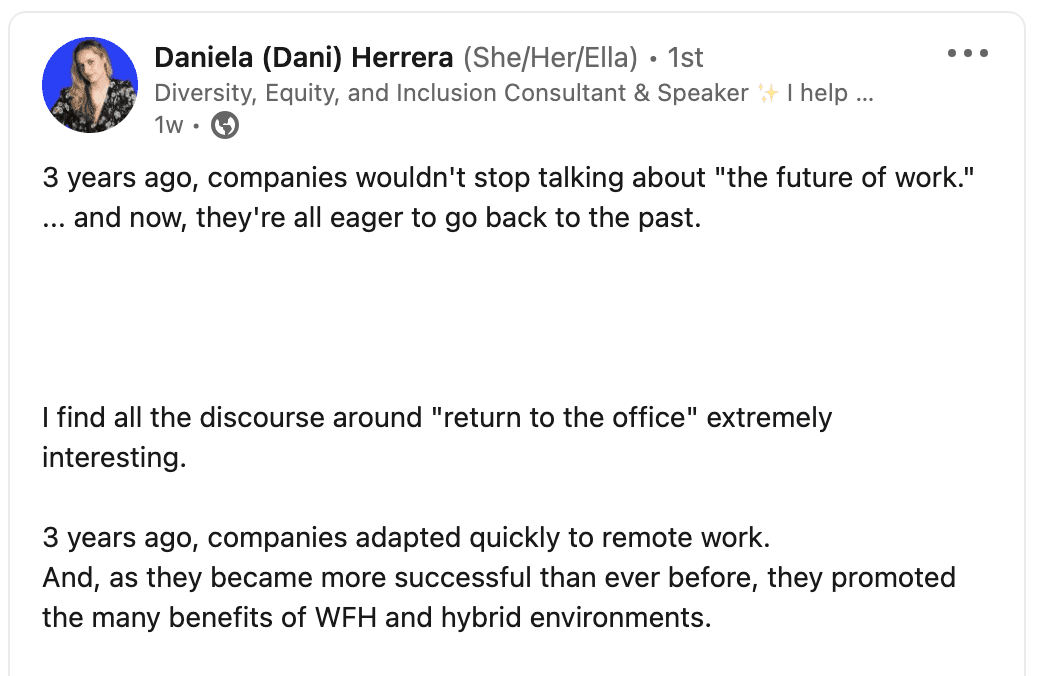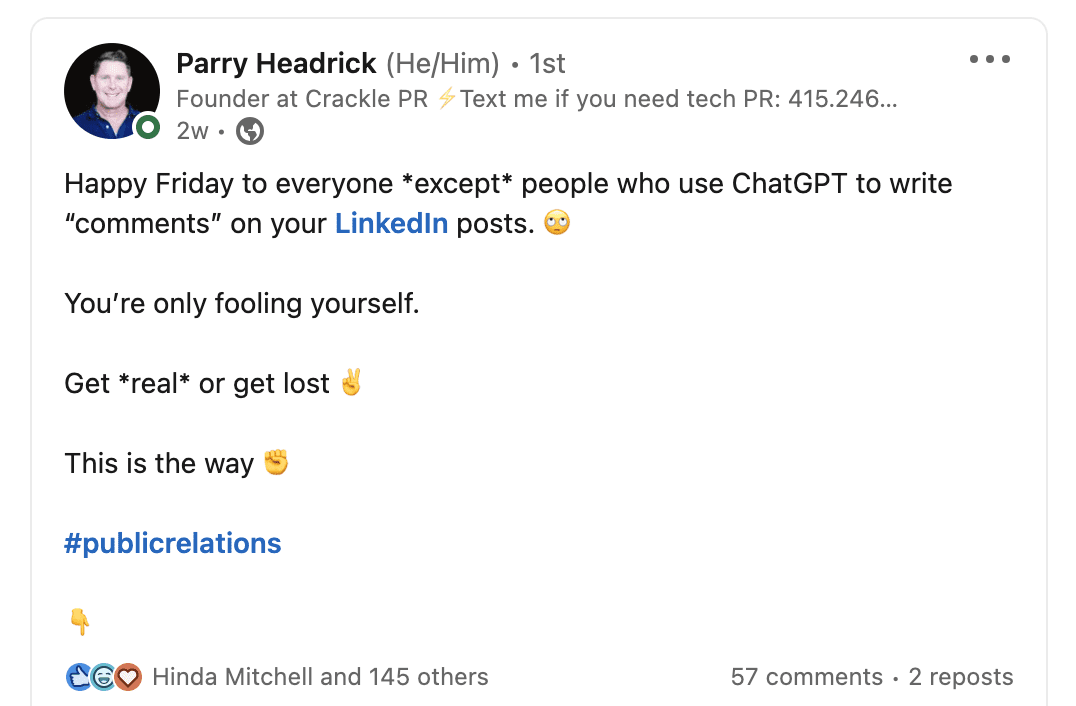
[Editor’s Note: LinkedIn currently seems to be all the rage for those in business and communication. PRNEWS decided to create a series on LinkedIn for those who want to expand their knowledge and experience using the platform. Today’s piece highlights best posting practices for burgeoning thought leaders.]
LinkedIn is THE place to be to discuss all things related to careers and leadership. It’s also currently the best social media platform to develop yourself, a client or management as a thought leader.
“We’ve seen a marked increase in executives and other business leaders leaning more into LinkedIn as a platform to talk directly to the world,” says Dan Roth, Editor-in-Chief at LinkedIn. “And they typically either get how to talk to this audience from the start — or figure it out pretty quickly.”
Roth says more than ever, LinkedIn members want to know what business leaders are thinking.
“What trends are they spotting, what memos are they sending to their teams, what have they noticed from talks with colleagues/peers, what are they doing to stay emotionally and mentally healthy?” Roth notes.
In addition to members, employees and potential employees want to hear more transparently from leaders on LinkedIn on workplace and cultural moments. Data from LinkedIn shows that employees are engaging 40 percent more with posts from the C-suite.
While there are many ways to display your expertise on LinkedIn (newsletters, video, LinkedIn Live, articles, etc.), one of the best ways to build a thought leadership presence is through engaging posts. Several prominent LinkedIn posters in the PR community shared their tips for building and maintaining an audience.
Decide on a Niche
Daniela Herrera, DEI consultant and speaker, can be found sharing her passion for inclusion and recruitment on LinkedIn. She says the first step for any thought leader is to figure out what your niche is and what that audience is interested in.
“You could easily write about everything and anything, but that might not set you apart as the go-to expert for the topics you want to cover,” Herrera says.
She also notes the importance of understanding that niche audience.
“Many thought leaders or experts don't invest the time and energy to genuinely connect with their audience, answer their questions, and listen to their thoughts, notes, and concerns,” she says. “Thought leaders are sought after, not only because of their expertise but because they can connect with their audience truthfully and reliably. Otherwise, your audience might as well just read an article about the topics you cover!”

Authenticity and Timing
Once you’ve figured out your focus, it’s important to develop a cadence and voice.
Parry Headrick, Founder and Chief Evangelist, Crackle PR, says to post about what you know—”The good, the bad, the ugly about your industry.”
“Nail down a few topics you’re passionate and knowledgeable about and focus on them with the white-hot intensity of a thousand suns.”
Headrick also notes the importance of timing. When you start it may not be every day, but eventually you will get there.
“Post at least twice weekly, but ideally once per day,” he says. “But don’t force it — if you’re forcing your writing your audience will know. Add real value or stay quiet. There’s too much noise in the feed.”

Patience and Consistency
No LinkedIn thought leader is created in a day. Herrera notes the importance of sticking with your posts.
“Becoming a thought leader doesn't happen overnight,” she says. “Staying consistent, even if you're not going viral or getting dozens of likes, helps your audience identify you as "the person" who talks about the topics you cover.”
Herrera also believes that every reader is equally important—no matter if your viewership is in the thousands, millions or single digits.
“Keep in mind that you never know who's reading: even if you're not getting as many likes or comments as you'd like, people are getting your content,” she says. “You never know; your next speaking engagement, press opportunity, or collaboration might come from a "social media lurker."
Don’t Anticipate Being a Thought Leader or Expect Things in Return
Headrick says the best thought leaders give value with nothing expected in return.
“Give away freely the thoughts and ideas and data that used to reside exclusively behind paywalls,” he says. “Un-gate your brain” to unlock thought leadership. Failing to do this is a major liability in today’s fiercely competitive landscape.”
Focus on the Long Game
Roth likes to remind creators to relax and take their time when posting—but not to sweat the small stuff.
“Don’t obsess about every post, in the same way that no one judges you off of one email or one hallway conversation. Like with trust, your voice builds over time.”
We could go on all day with LinkedIn best practices for posting, but these are a few, for now, that we think will benefit your efforts. If you have more suggestions or questions, feel free to reach out to senior editor Nicole Schuman at [email protected]. We may use your suggestions in a future piece.
